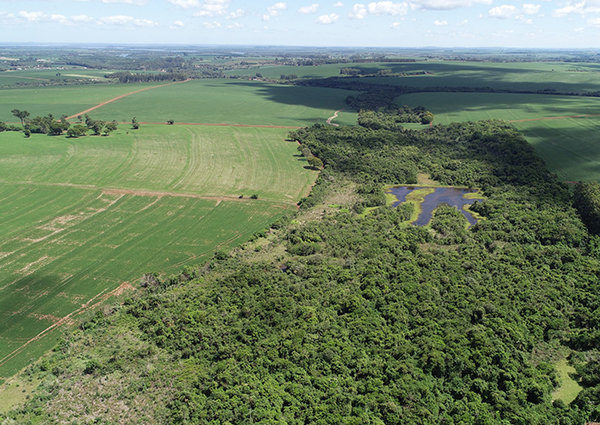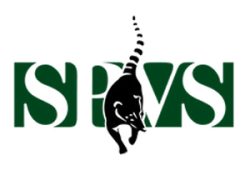BRAZIL, SOUTH AMERICA
Mata Atlántica
The Mata Atlântica (Atlantic Rainforest) is a tropical/subtropical ecoregion that stretches over 3.000 km along the east coast of Brazil from Rio Grande do Norte to Rio Grande do Sul and into the interior of the continent as far as Goiás, Mato Grosso do Sul, Argentina and Paraguay. With roughly 1,3 Million km², it covered 15% of the surface of Brazil. Today, It has shrunk to less than 12% of its original area, with only 7% being well-preserved remnants of forest. The Atlantic Forest Great Reserve is a region of rare beauty, containing the largest contiguous remnant of the Mata Atlântica. This is also where forest and wetlands meet and lead to highest biodiversity worldwide.
What makes it special
The biodiversity of the Mata Atlântica is greater than that of the Amazon basin. With a large number of endemic species, over 30 % of which cannot be found anywhere else, the Atlantic Forest has developed into a complex biotope.
Protection status
· 2 UNESCO World Heritage Sites
· Over 700 protected areas (131 state, 443 federal, 14 municipal, 124 private)

Biodiversity
Due to the different altitudes and mountainous climates, as well as the isolation of many parts of the forest, the flora and fauna are very diverse, with more than 450 different tree species and 120 different animal species per hectare in some areas. Among the most famous species are the jaguar, the ocelot and the bush dog. The Atlantic Forest is one of the best studied tropical ecosystems. For example, over 3.000 species of trees, 98 species of bats, 94 species of large or medium-sized mammals, over 2.000 species of epiphytes, 26 species of primates, 528 species of amphibians, 124 species of small mammals and over 800 species of birds have been recorded in the Atlantic Forest.

Local Communities
Over 70% of Brazil’s population live in the Atlantic Forest area. It has shrunk to less than 12% of its original area, with only 7% being well-preserved forest remnants. This decline is leading to the loss of ecosystem services such as clean and abundant water, pollinators, climate stability and their direct and indirect benefits to society, including people’s quality of life and biodiversity as a whole.
Threats
Very little of the Atlantic Forest remains and what is left is highly fragmented, posing a serious threat to the wildlife that lives there. The region produces many important commodities sold on national and international markets, including soy, beef, pulp and paper, sugar cane, maize and cotton. Agricultural and pasture expansion is the main driver of continued deforestation, and infrastructure development, illegal hunting and unsustainable logging contribute to forest degradation and loss.

Our Work
Since 1984 the Society for Wildlife Research and Environmental Education (SPVS) has been carrying out conservation activities in the country, particularly in the region known as the Great Atlantic Forest Reserve. The organisation is involved in a variety of ways to protect the environment and biodiversity. This includes the development of educational activities and conservation measures. Biodiversity conservation projects, studies and research are key areas of focus. Its activities also include the dissemination of technical information on biodiversity, cultural campaigns, cooperation on environmental measures and the promotion of environmental protection units.
Society for Wildlife Research and Environmental Education (SPVS)
www.spvs.org.br
spvs@spvs.org.br


